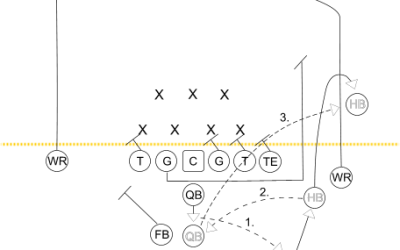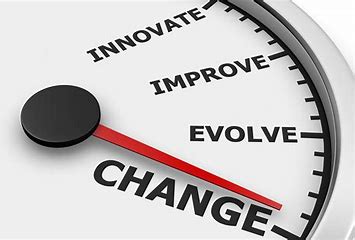Whether you mean to or not, you are constantly communicating to your employees. You must be intentional about the messages they receive. I learned this from dogs and children, and our grown-up employees are just as observant. My dog observes what I do and modifies his...
INSIGHTS
Thoughts on strategy and operations from a Fractional COO
Strategic Plans – A Better Way
I'll say it: many - or maybe most - strategic plans aren't worth the paper they are printed on.A plan that no one sees, never gets updated, gathers dust on the shelf, and is too complex or long for anyone to ever read, isn't doing you or your business any good.There...
A Time to Plan and a Time to Act
2020 didn’t turn out like you planned. If this year were a road trip, you would have encountered detours, closed roads, and perhaps a few unexpected scenic overlooks along the way. You may or may not have ended up at your destination. Does that mean that planning...
You Need a Plan
Years ago I was helping someone cut down two trees from a clump of trees in their backyard. The first one fell exactly where we wanted. As we started on the second one, it started leaning in the wrong direction, pointed right at their house. We stopped so we could...
What’s your company’s DNA?
In our bodies, our DNA is the genetic code that makes us unique individuals. It contains all the instructions needed to build a complex, living, breathing organism. DNA is the master of each cell and is passed on through successive generations. Our DNA determines...
It’s time to change – Your Business 2.0
The Brady Bunch sang "when it's time to change, then it's time to change, from who you are into what you're gonna be." How is your business going to change AFTER the COVID-19 crisis and things begin to look a little more normal? You've been forced to learn, adapt, and...
The Silver Bullet
Are you searching for a software solution that will transform your business? Or maybe your company is just one great hire from kicking it into another gear. Perhaps you are on the verge of implementing a new program rally your team. You are hoping for a silver bullet....
Why? Why not?
These may be the two most important - and least-asked - questions. “Why?” makes you think about purpose. “Why not?” opens you up to new possibilities. Let’s start with why. The answer to this question identifies the reason behind a decision or an action. It is...
Your business strategy is incomplete. Or just wrong.
Let me clarify -- wrong for YOUR business. Your strategy should be as unique as you are. If you can delete just a few key words and your plan is unidentifiable as yours, it may not be the strategy you need. Strategy doesn't begin with deciding what steps you will...
Three Elements for a Strong Business Strategy
There are three essential elements to a good corporate strategy: 1. Know yourself. You have to know who you are and why your company exists. Everyone needs to be part of a bigger purpose and reason to come to work for you. It's the DNA of your company. As...
What’s Next
Eventually, you are going to retire. You may sell or exit your business. That’s great! What’s next? If you don’t have an answer to that question, then read on for the second part of our series on The End. While this post will focus on selling your...
Ready to take your first step towards breaking through to a new level of performance?
Then let’s hop on a call and see if System & Soul is right for you.












